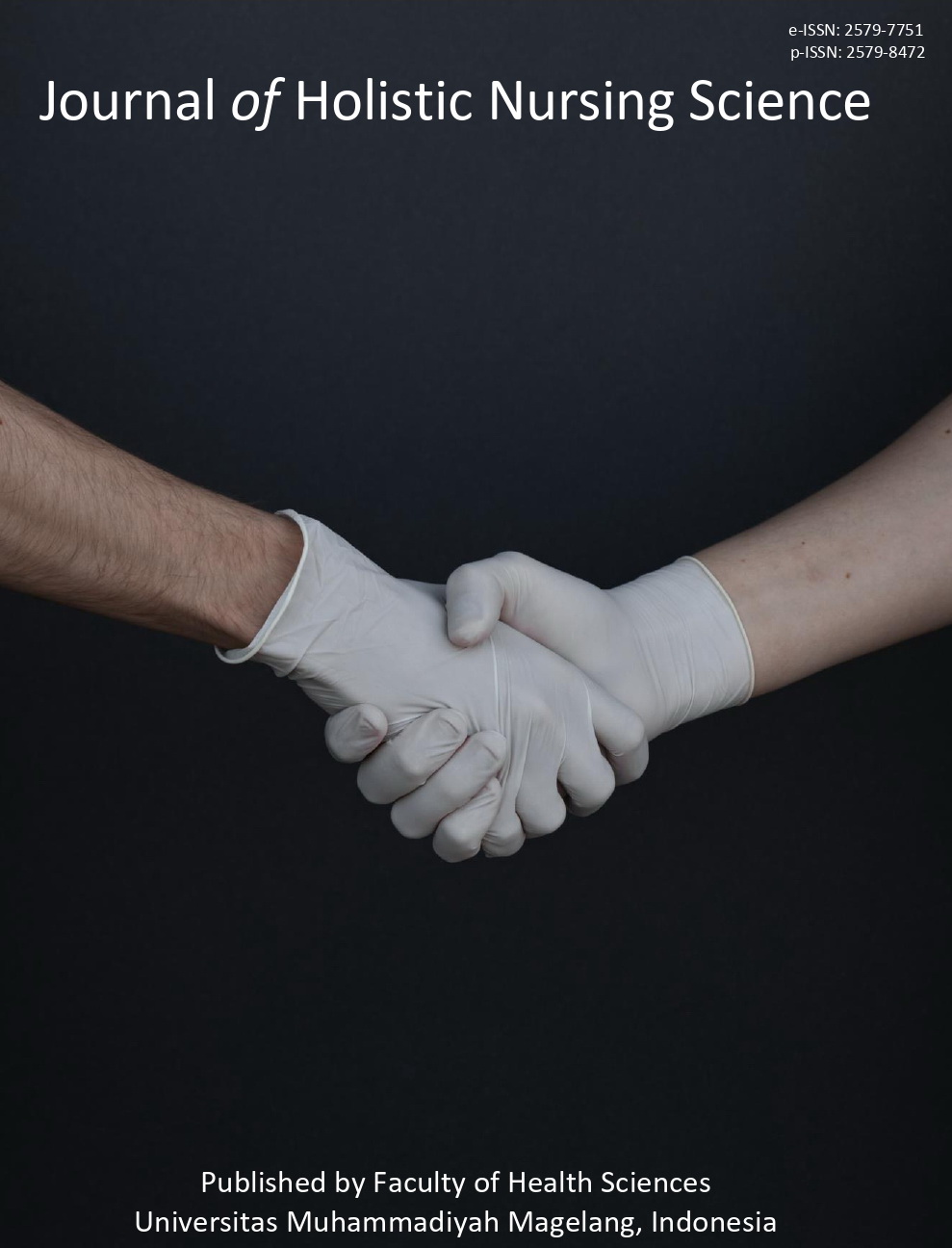A case study of using chlorhexidine gluconate for mouth ulcer care
Main Article Content
Abstract
The structure of the basement membrane of the labial mucosa is fragile and susceptible to injury and discomfort. Utilizing mouthwash and topical medications such as corticosteroids, anaesthetics, anti-inflammatories, and chlorhexidine gluconate are methods for alleviating the pain associated with ulcers. This research endeavours to assess the efficacy of 2% chlorhexidine gluconate gauze in treating pediatric oral ulcers. A 5-year-old girl accompanied her mother, who presented with complaints of pain, distended lips, and a disruptive child. Two days prior, it was determined through a clinical evaluation that the children had fallen and struck their heads on the floor. An objective examination of the superior and inferior labial mucosa unveiled numerous yellowish-brown ulcers that measured approximately 5 mm in diameter. These ulcers had brown, crusted margins and exhibited oedema. The children were administered twice daily moistened gauze containing 2% chlorhexidine gluconate. Following treatment, the lesion heals within seven days. With any luck, the research results can be applied to infants afflicted with oral ulcers.
Keywords: Mouth ulcers; nursing care; oral health; healthcare team; home treatment
Downloads
Article Details

This work is licensed under a Creative Commons Attribution-NonCommercial 4.0 International License.
Authors who publish their articles in JHNS retain full copyright of their work. JHNS does not require authors to transfer their copyright to the journal or Universitas Muhammadiyah Magelang as the publisher. The authors grant JHNS a license for the first publication.
